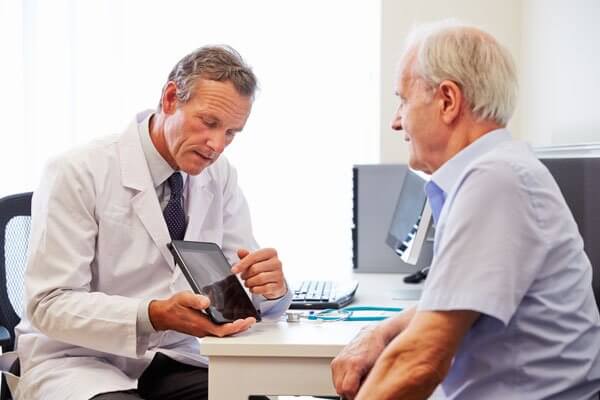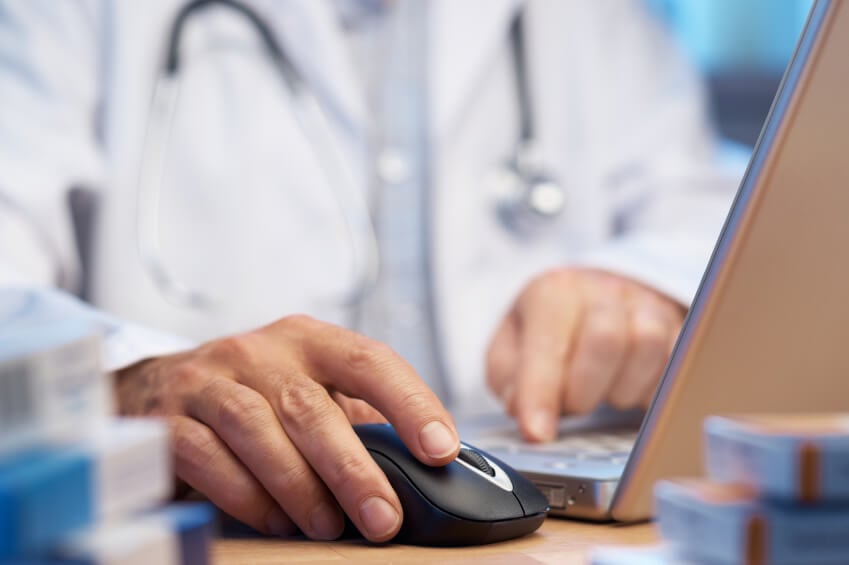Recently IBM teamed up with Pfizer to set up real-time patient monitoring for those suffering from Parkinson’s Disease.
IBM and Pfizer
While clearly this involves a heavy dose of the Internet of Things, using devices such as sensors, mobile devices and machines, getting the resulting data to the correct medical person is crucial.
Historically, once that information had been sent to the data collection point, whether that be a hospital data center or a third party, web services would then be used to access it for further human or automatic processing. Web services are great established enterprise communication pathways, however APIs can be enabled no matter what the size of the asset or location capability.
Benefits of APIs in Healthcare
The major benefit of using APIs in this scenario is that as the business changes rapidly in terms of what the latest medical advances and auditors demand, IT, with the aid of APIs, can respond just as quickly to provide the integration needed to provide that information.
In the above project, data will need to be collected to measure sleeping patterns, and behavior around eating and drinking, and the more real-time this information the better.
This information will also need to be shared between a variety of back-end systems that is likely to change during the lifespan of the project. APIs provide a much more flexible method of bringing new analytic systems and information streams online in the data sharing process.
All of this opens up huge possibilities in terms of helping people make the right decisions at crucial moments in their lives, and could speed up the development of new treatments and patient pathways, through incredibly rich data sets.
API Economy
All in all, the API Economy means that initiatives can be delivered faster to market, allowing companies to maximize the opportunities for real-time information sharing more quickly for better research and care.


